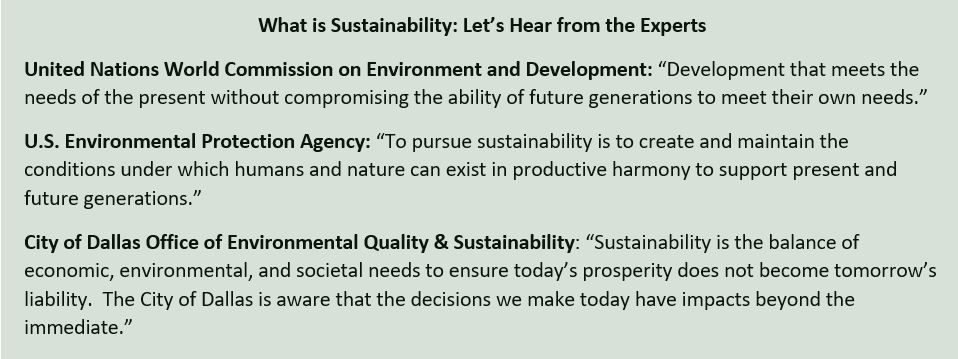
Texas Trees Foundation seeks to conserve, connect, restore, and enhance the urban ecosystem along the SWMD Streetscape Project so that people thrive in a healthier and more responsible environment where they work, live, and visit. The 2016 Southwestern Medical District Urban Streetscape Master Plan outlined a framework for healthy systems, healthy people, and healthy environment that is supported by sustainable guidelines for the landscape, hardscape, site amenities, and implementation. As the Vision Phase concludes and the team moves into 30% design these guidelines will ensure a balanced, harmonious coexistence between the built environment and nature for today’s Medical District users and those that are yet to come.
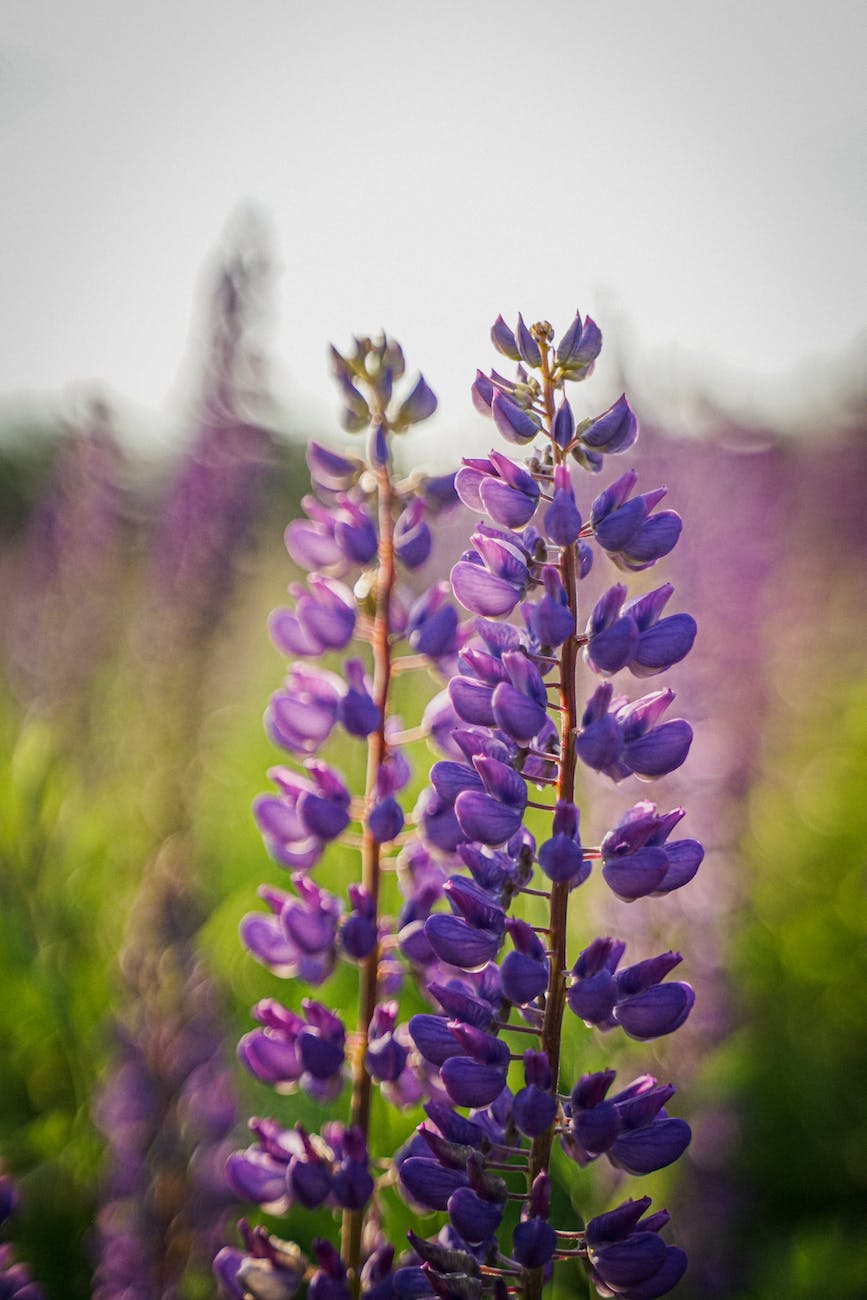
- 60% of plants shall be grown and supplied within 250 miles of the project site.
- Utilize green infrastructure to maximize energy savings.
- Prioritize plant materials that are adaptive and native to DFW and have long life spans. Annuals plantings should not exceed 5% of the planting design.
- Ground covers and native meadow grasses should be utilized at least 50% of the time in place of lawns to minimize water consumption.
- Employ smart irrigation systems.
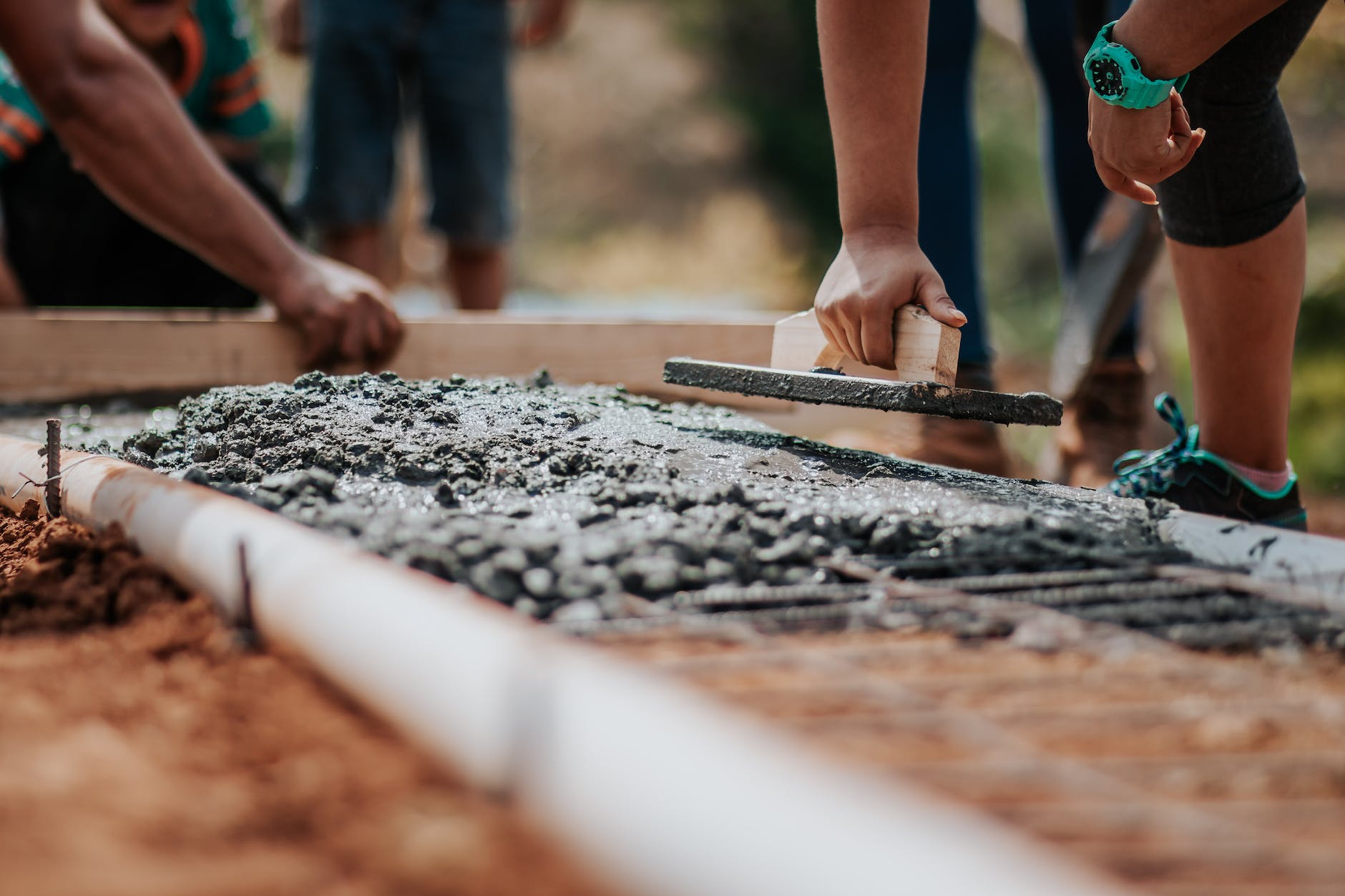
- Regional and local materials should be used with 60% of the total hardscape materials sourced within 500 miles of the site.
- Minimize the amount of non-by-product and hardscape surfaces.
- Prioritize standard material sizes to reduce overall project waste.
- Permeable paving should be used when applicable to increase water infiltration.
- Hardscape materials should be high quality, local and recycled materials to reduce the overall carbon footprint.
- Avoid hardscape materials that require excessive maintenance.
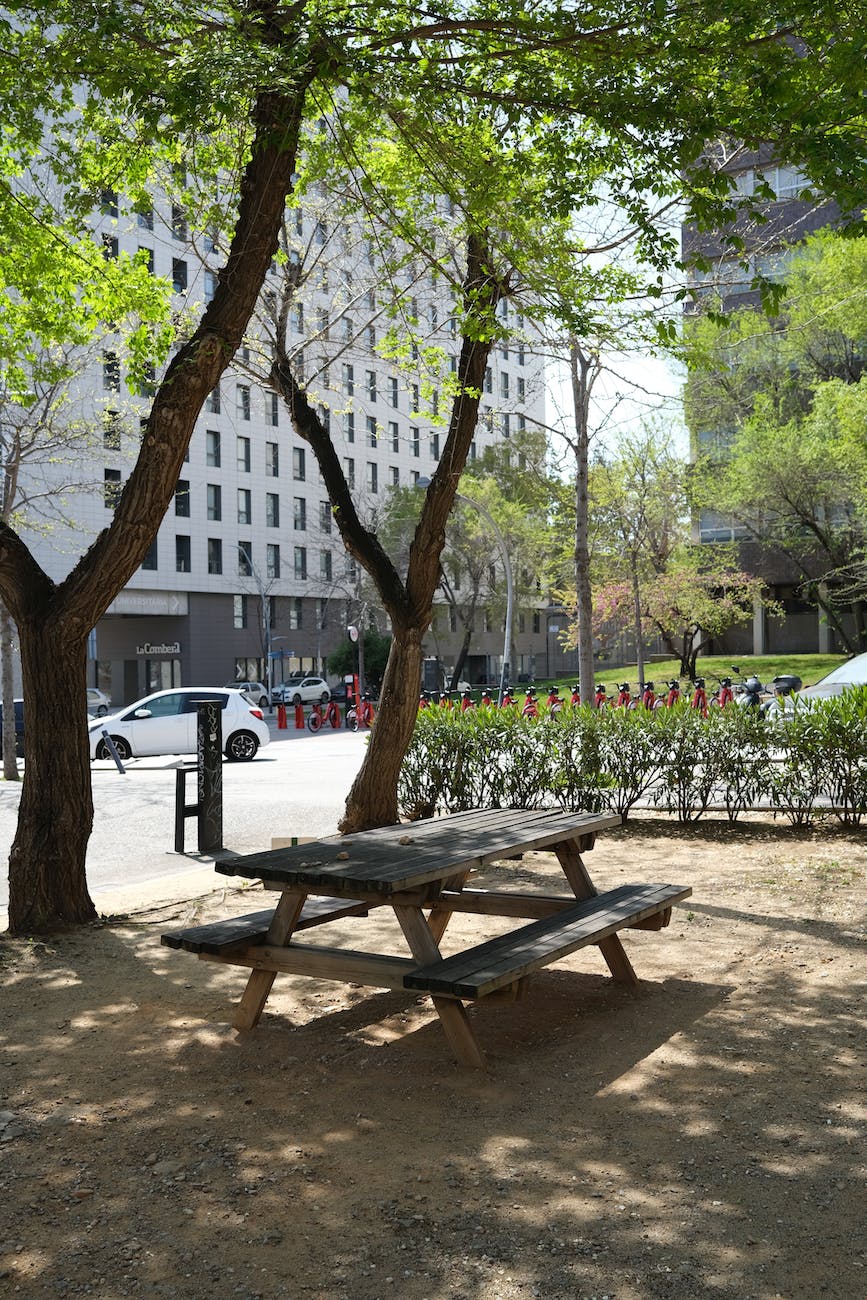
- Regional and local materials should be used with 60% of the total materials sourced within 500 miles of the site.
- Choose materials with a minimum life cycle of 10+ years and are easily maintained.
- Materials with high recycled content are encouraged.
- Any wood products should be extracted from non-threatened tree species.
- Energy efficient fixtures such as LED or low energy lights should be used.
- Utilize dark sky fixtures to protect wildlife and increase urban biodiversity.
- Transit stops should include solar technology and green roofs when possible.
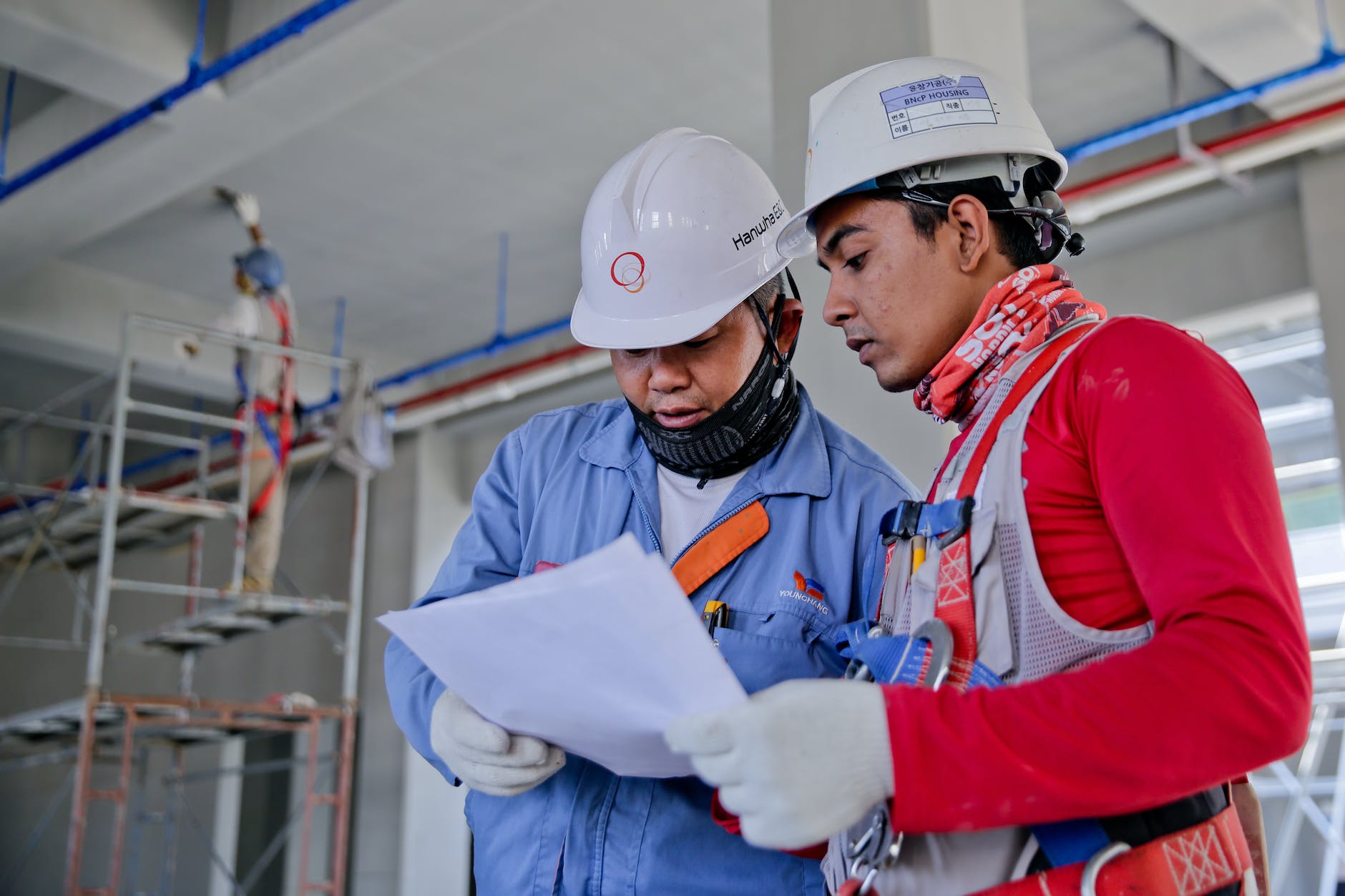
- Recyclable waste materials should be separated from non-recyclable waste materials on site.
- Grading should be sensitive to the natural topography by minimizing cut and fill in undisturbed areas.
- Grade to capture stormwater runoff.
Here are some sustainability initiatives by the institutions of the SWMD!
UT Southwestern Medical Center
Parkland Health and Hospital System
Lannie McClelen
Southwestern Medical District Program Manager
